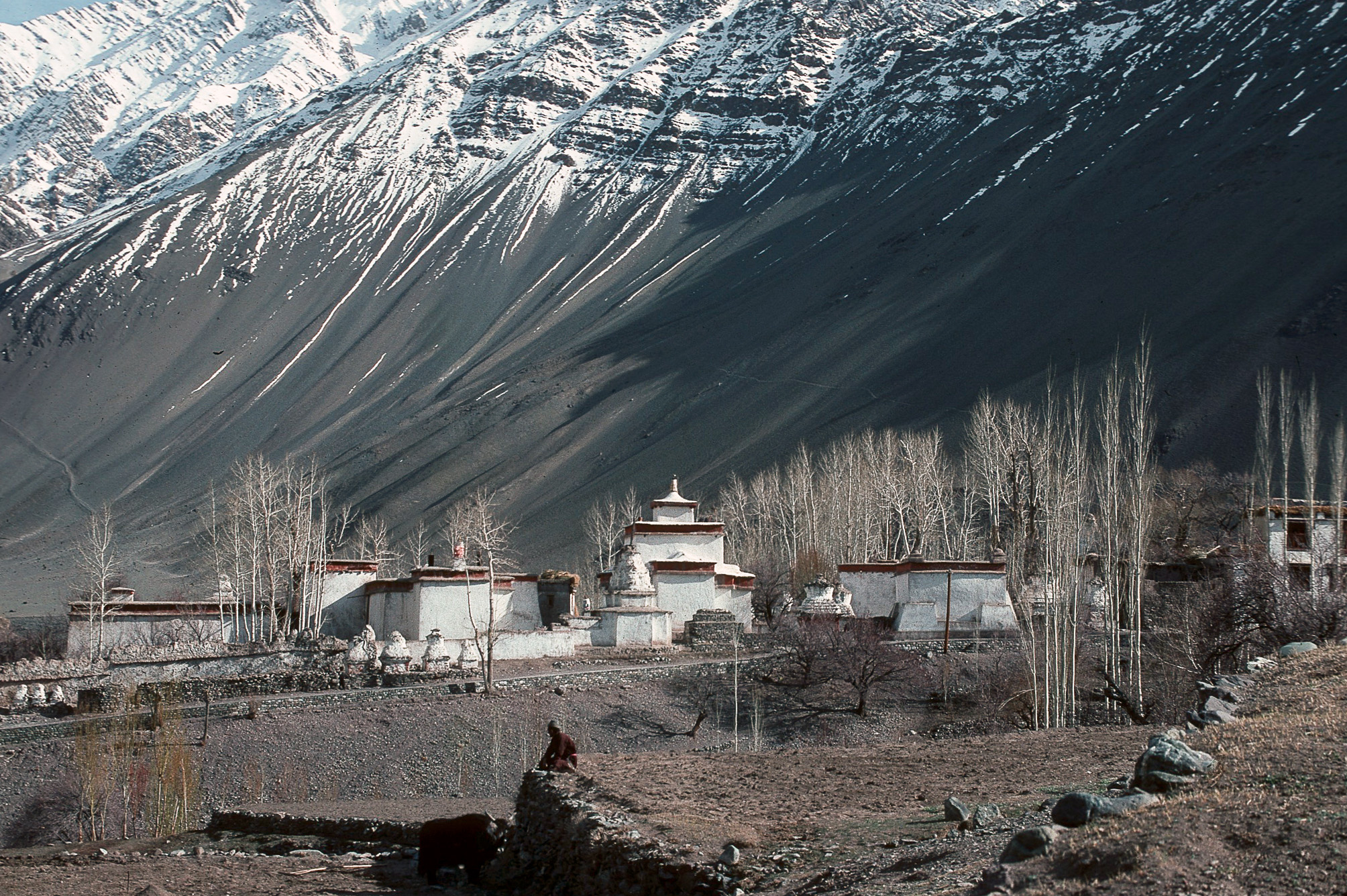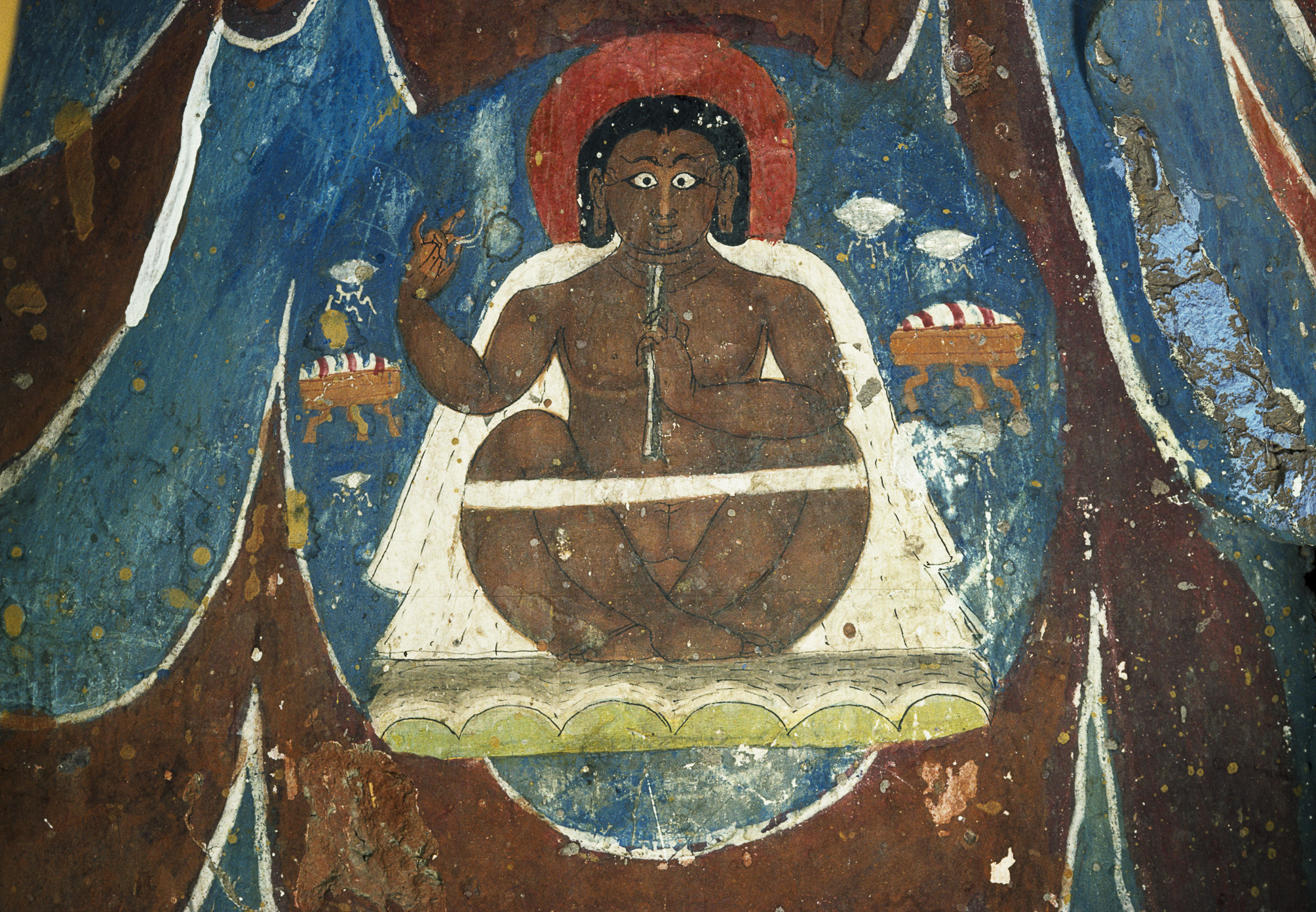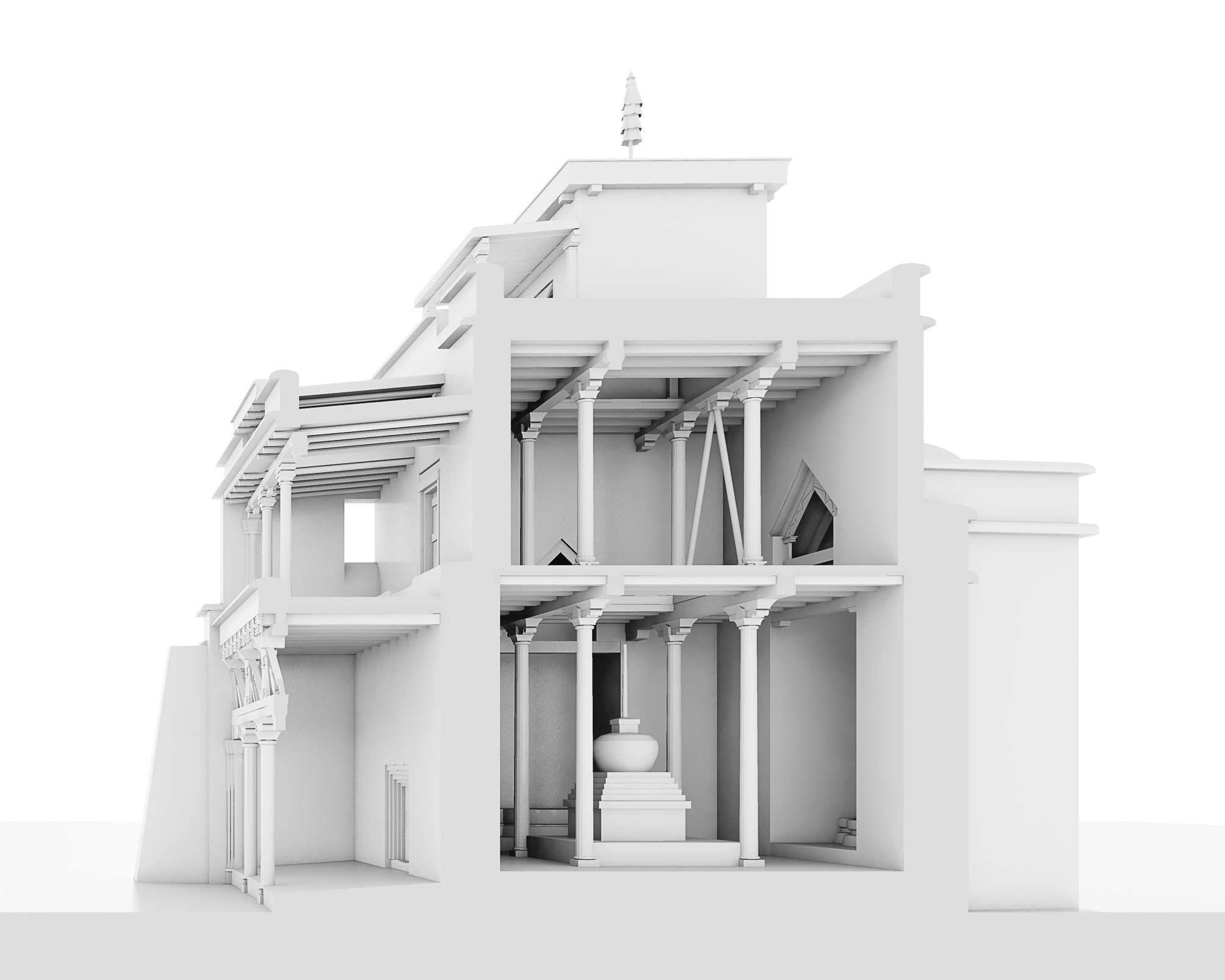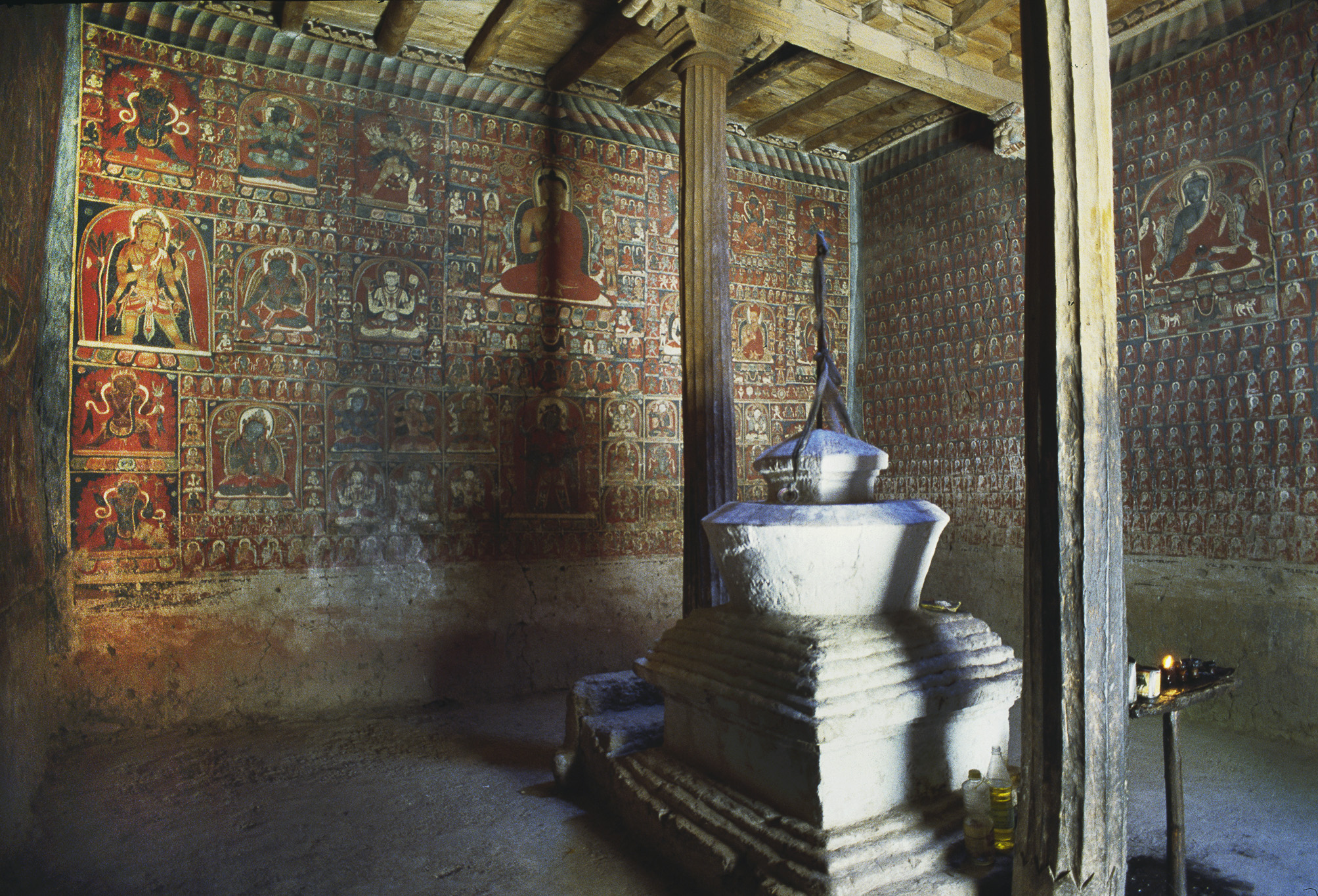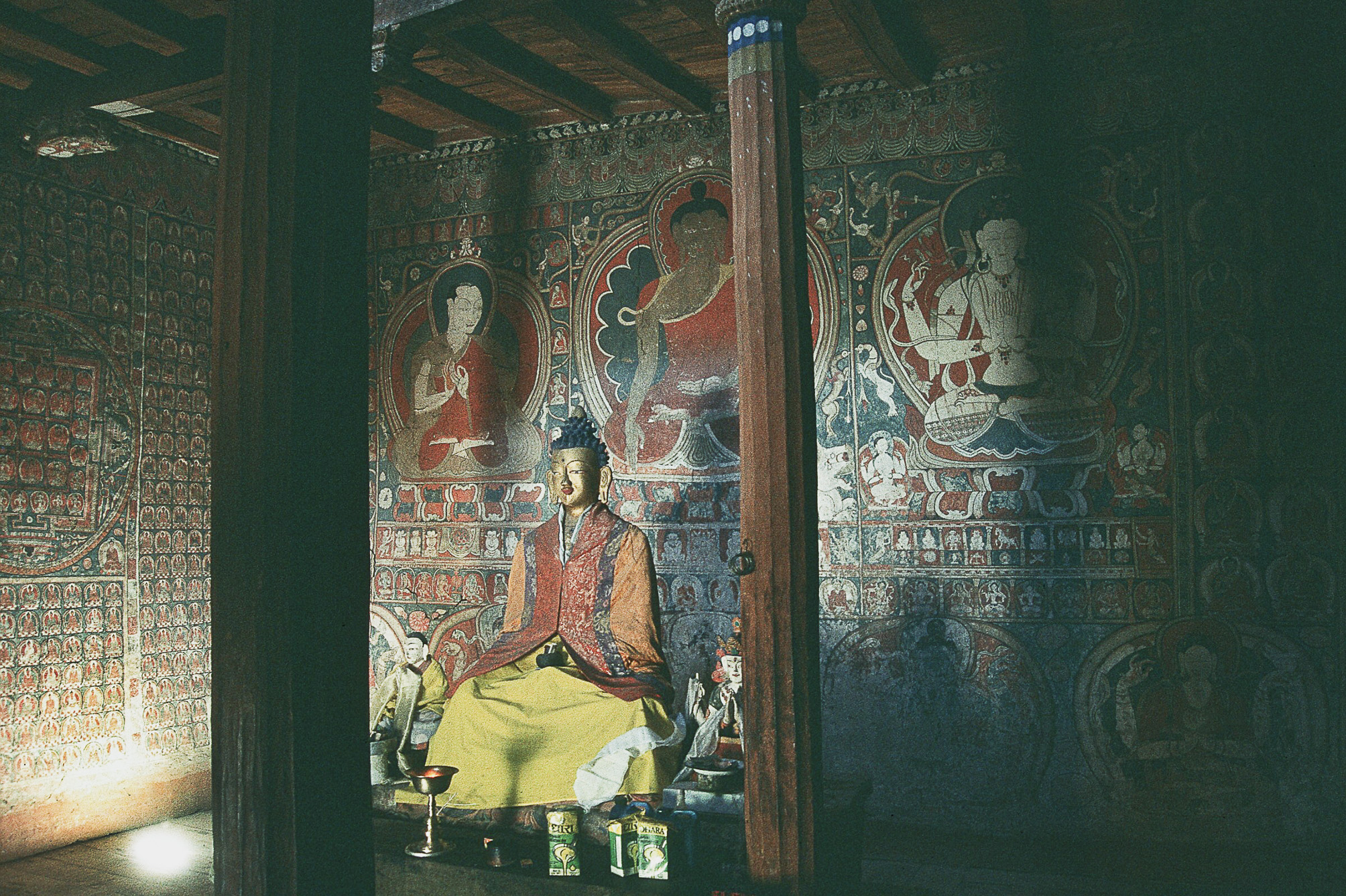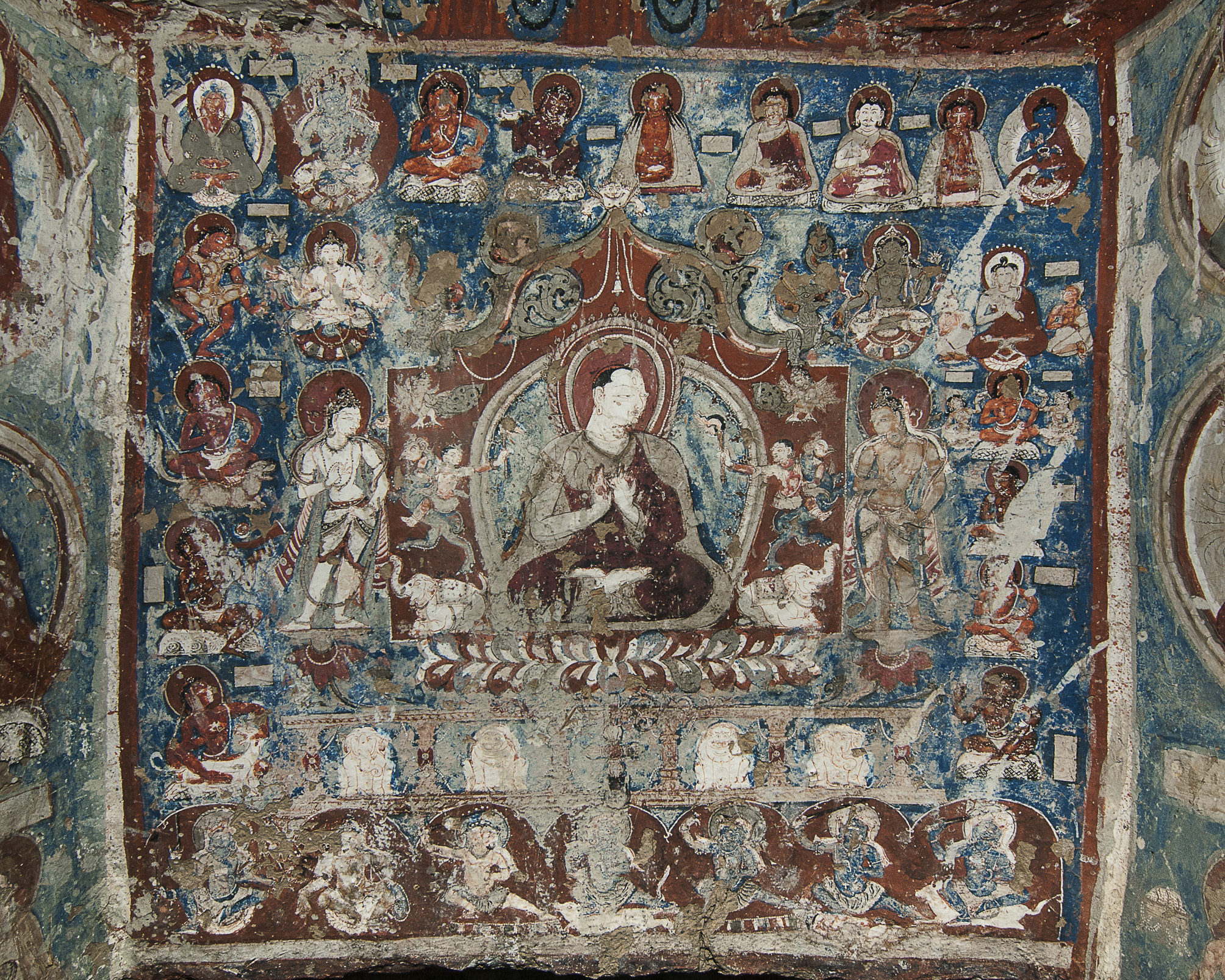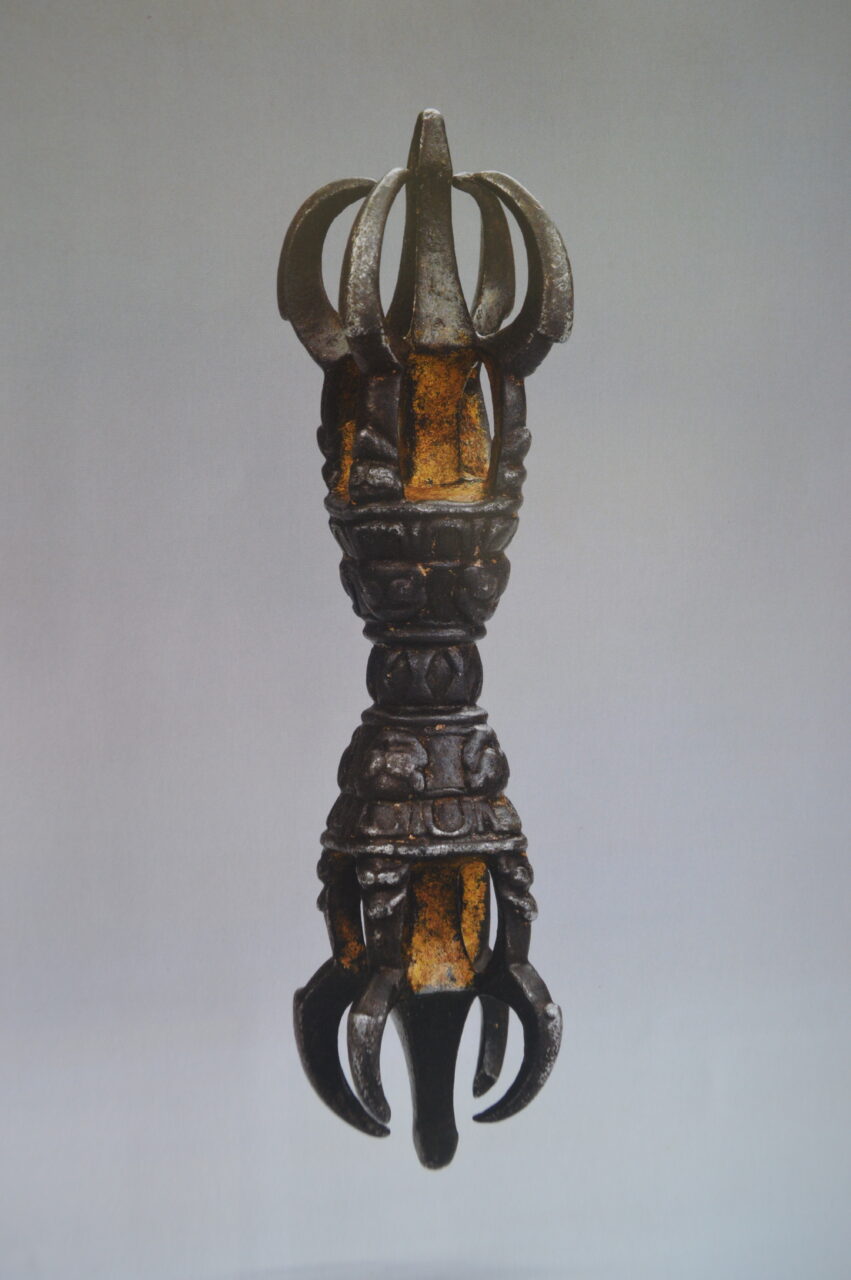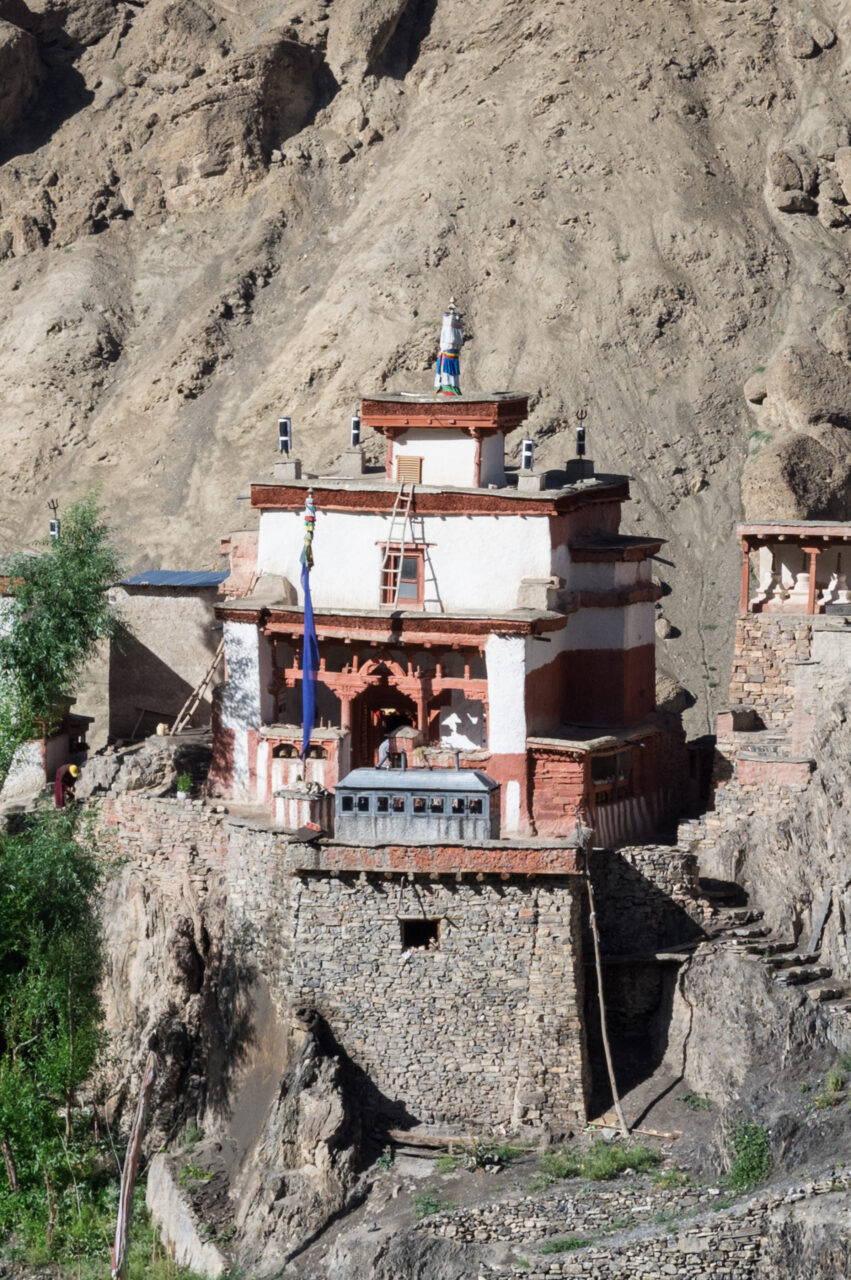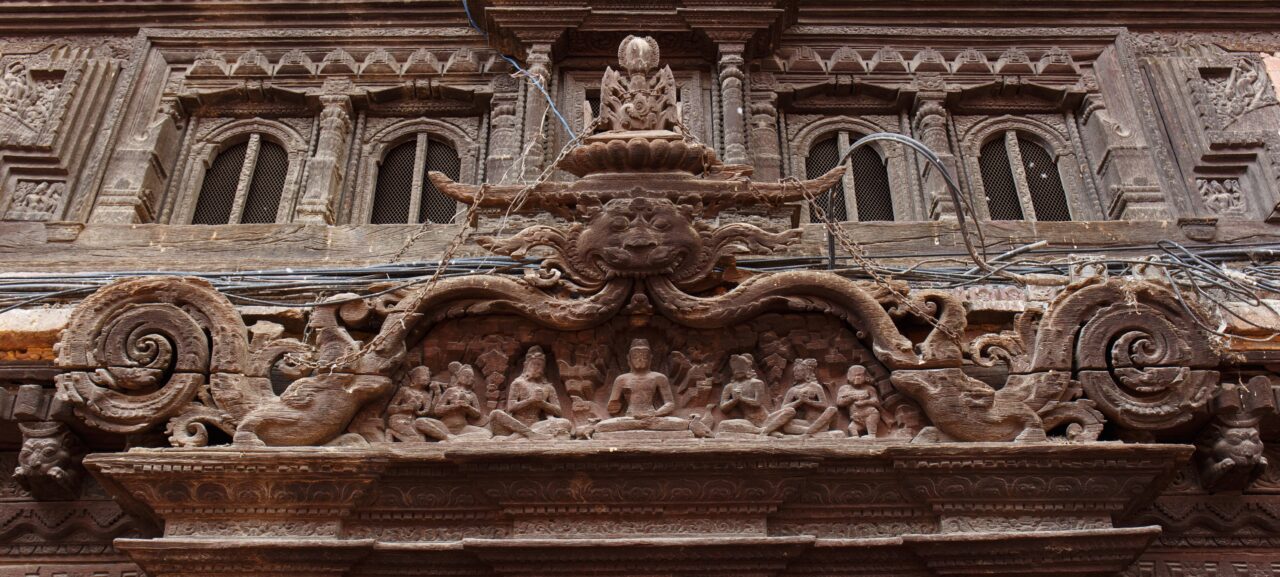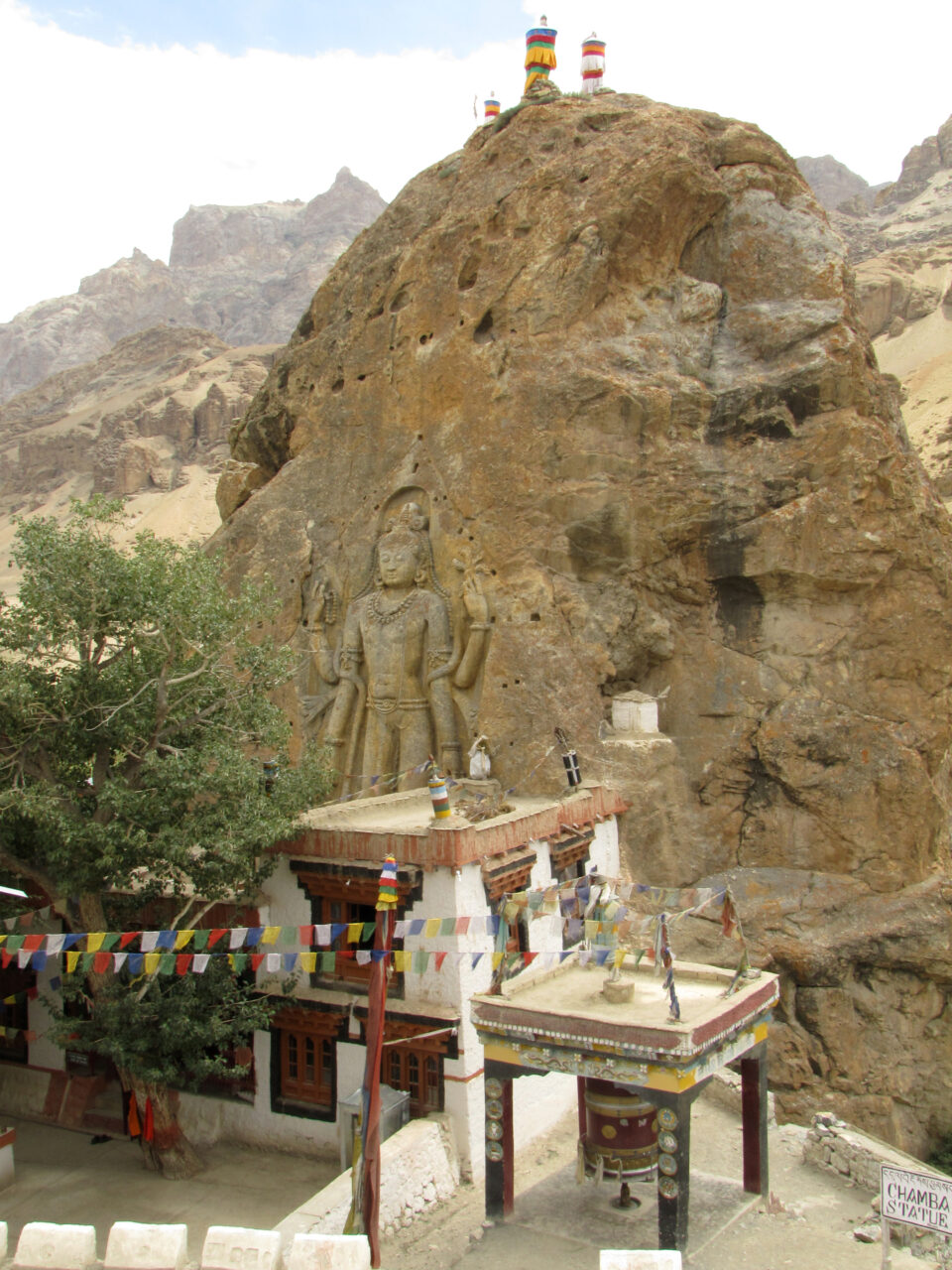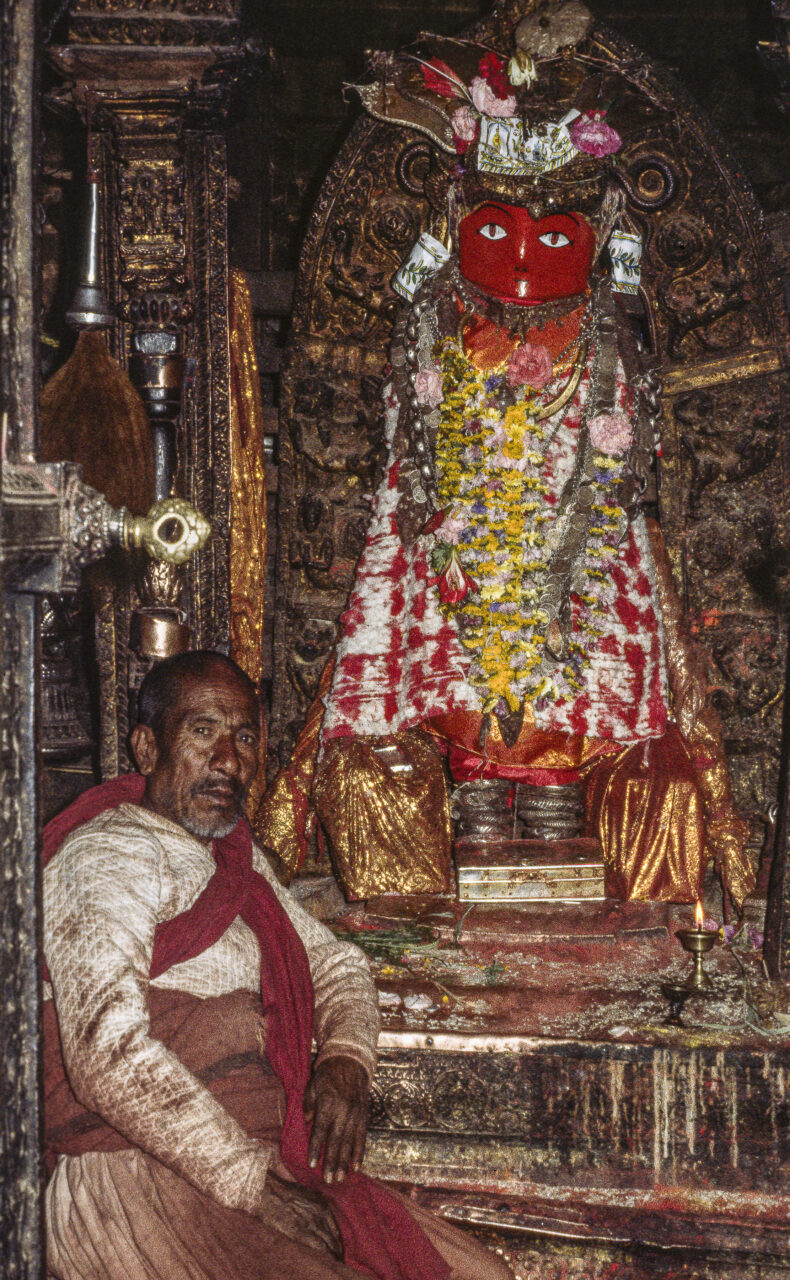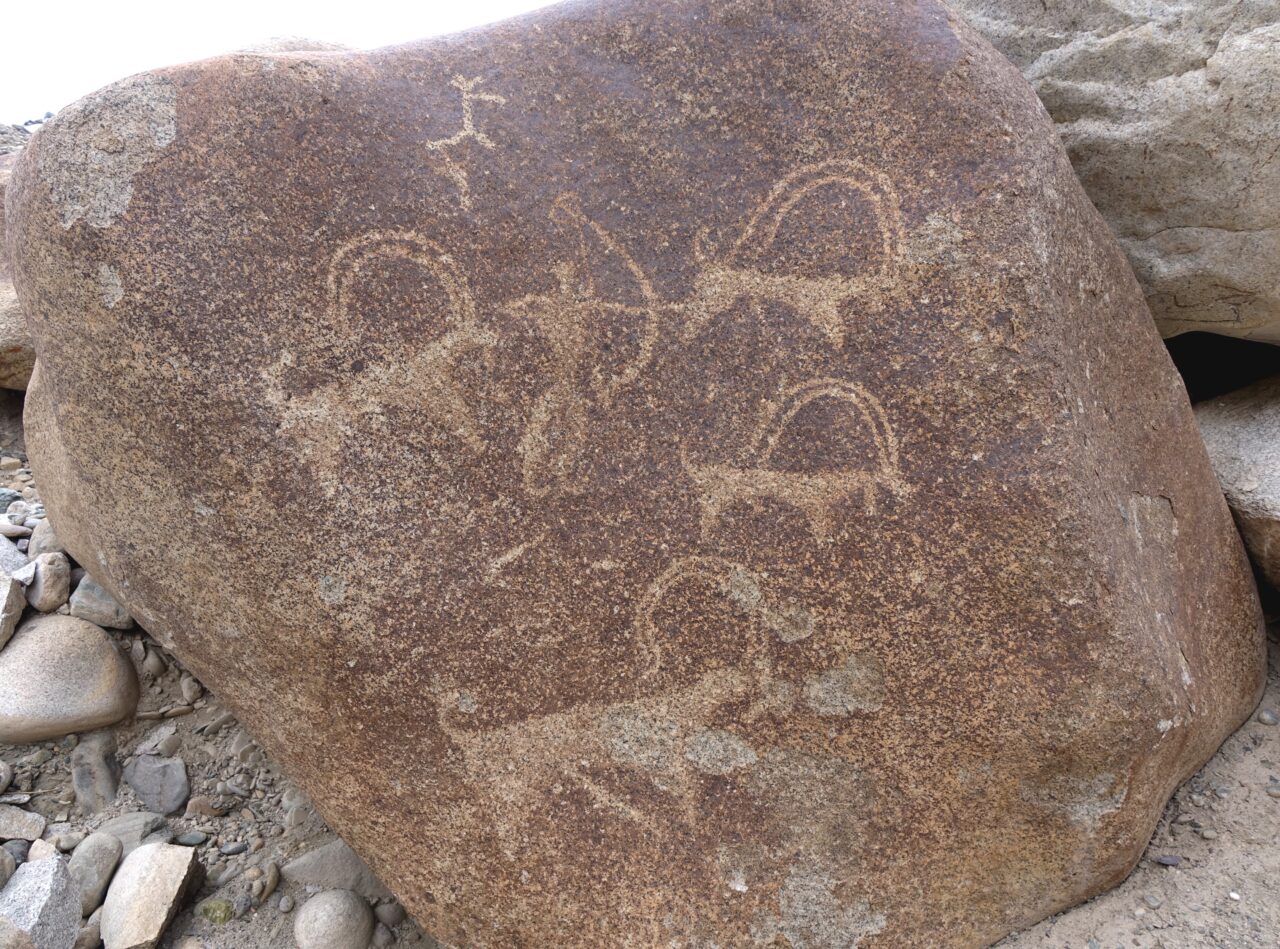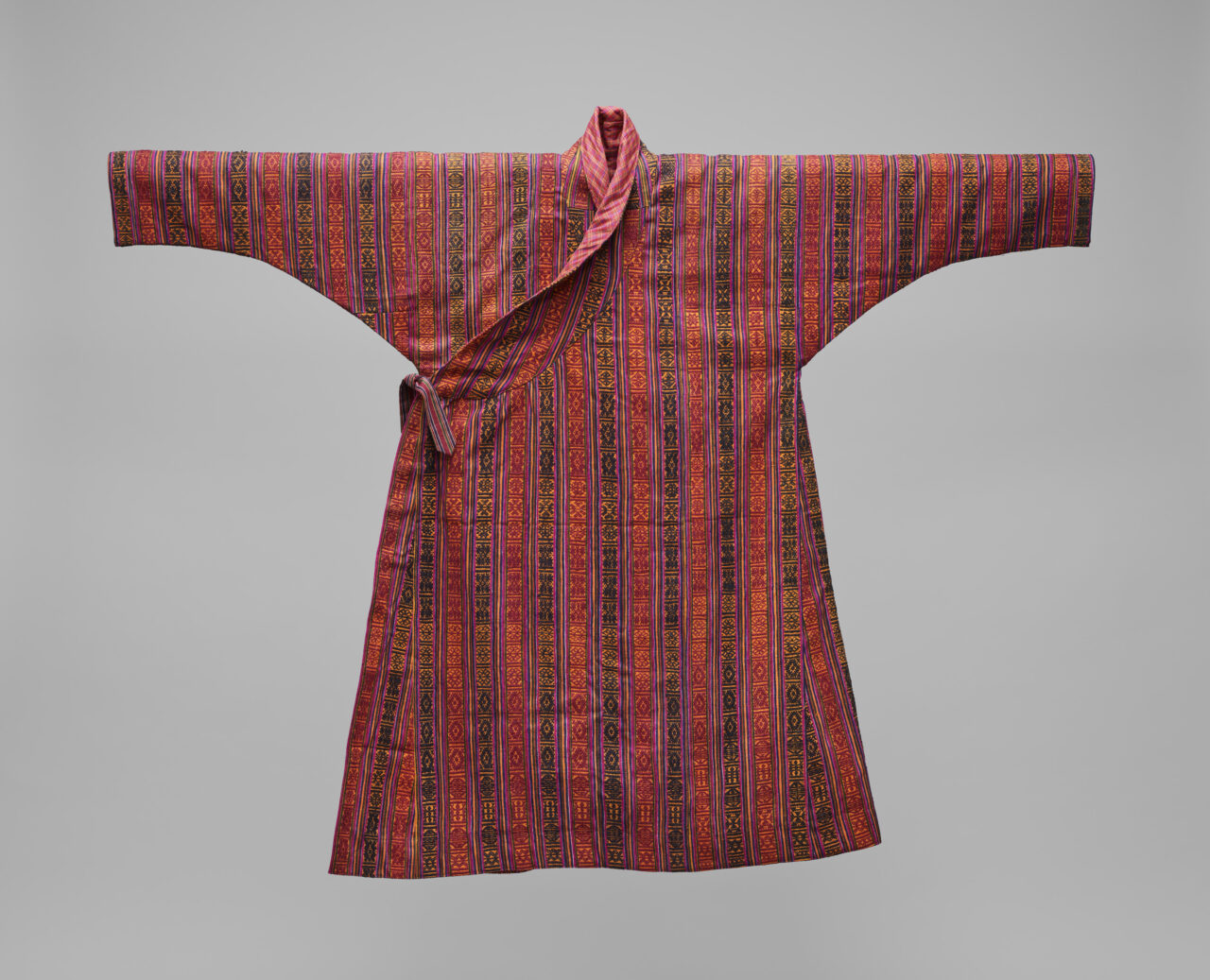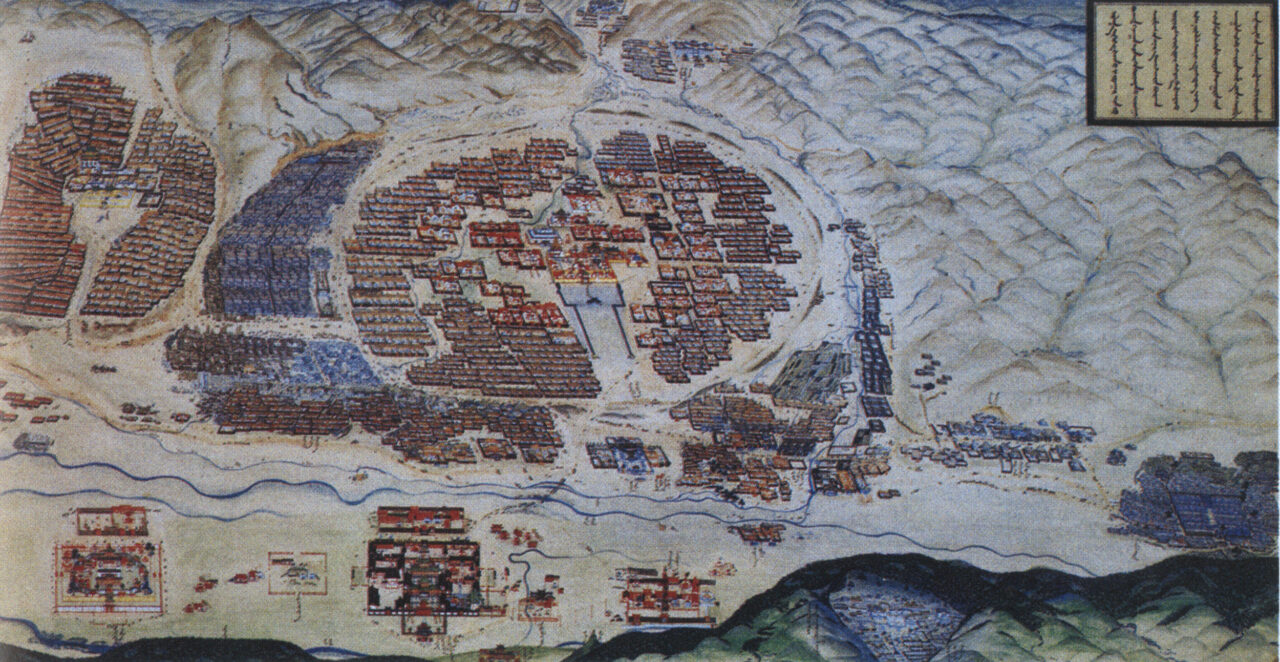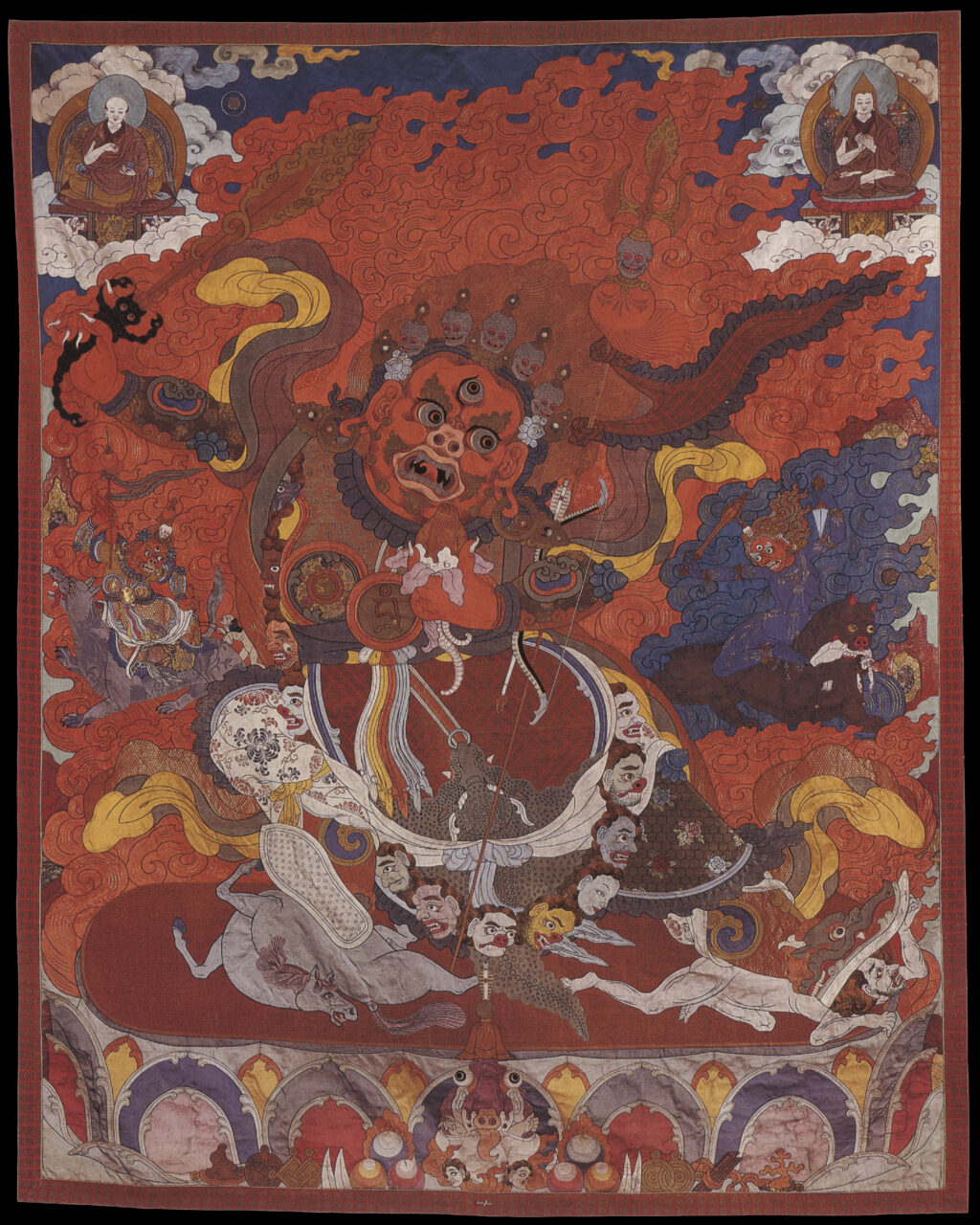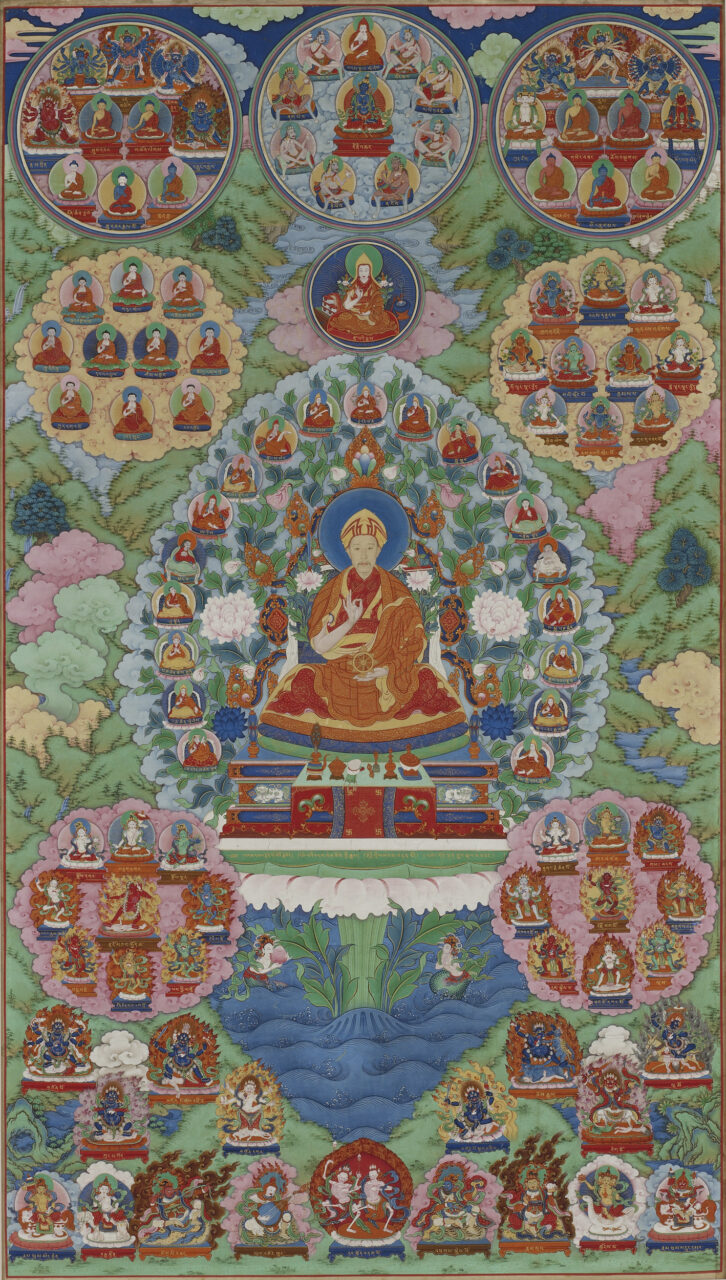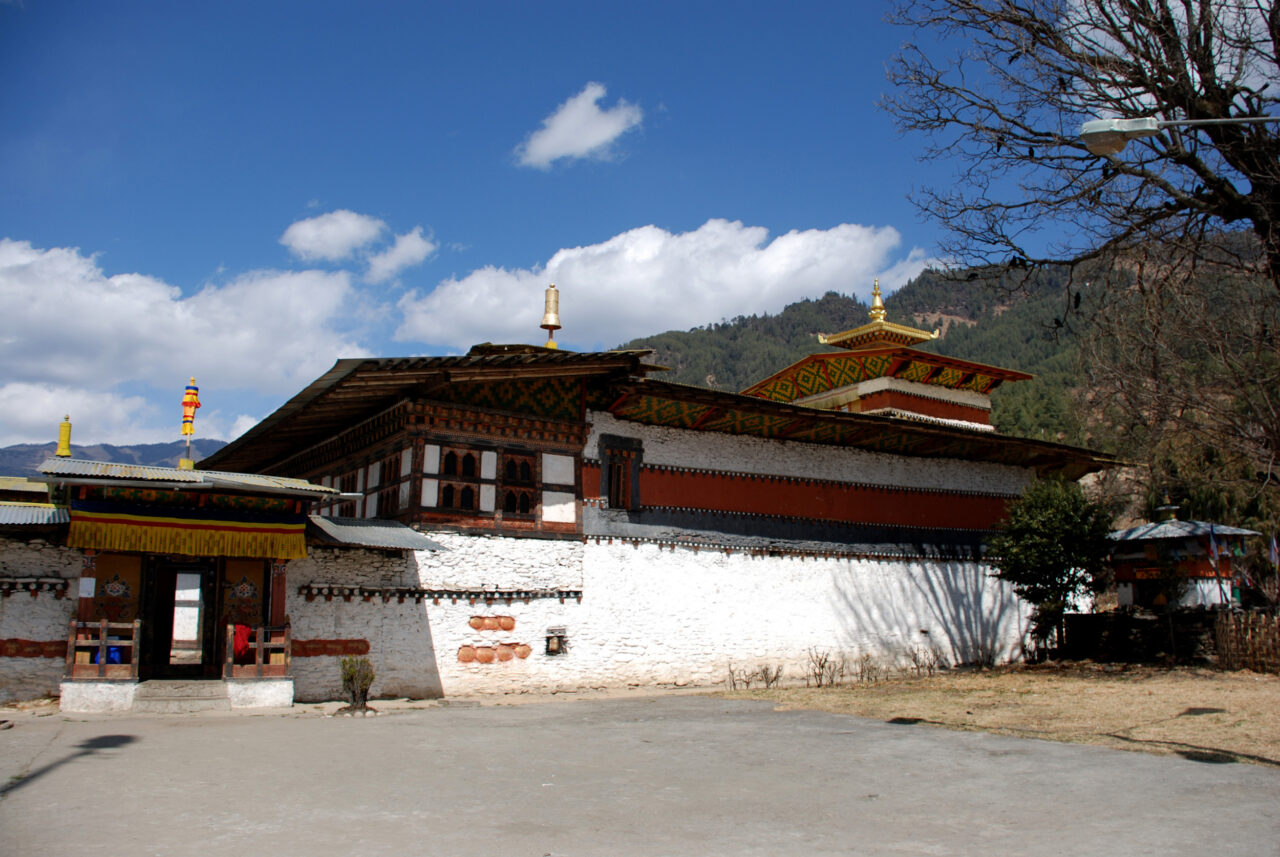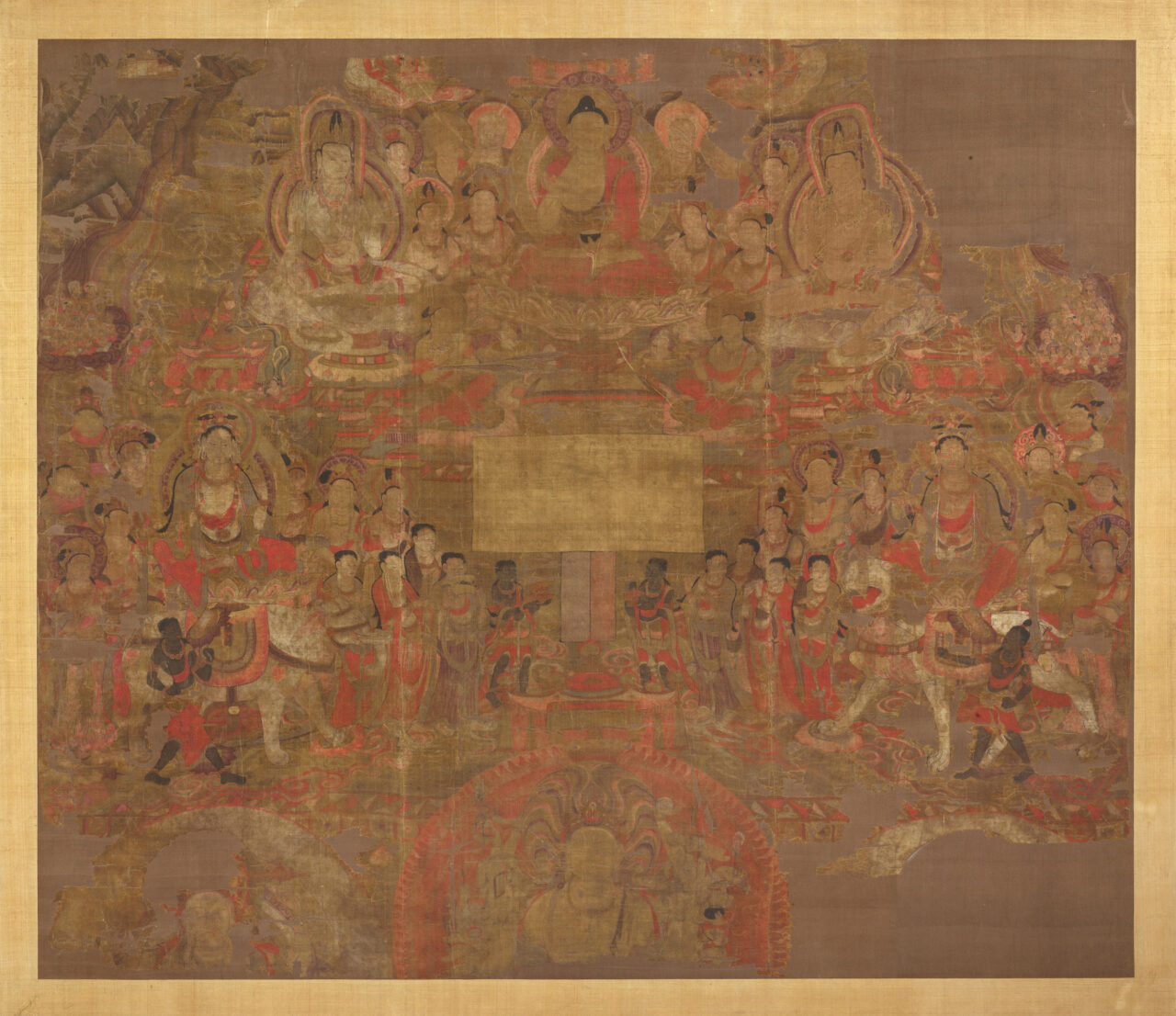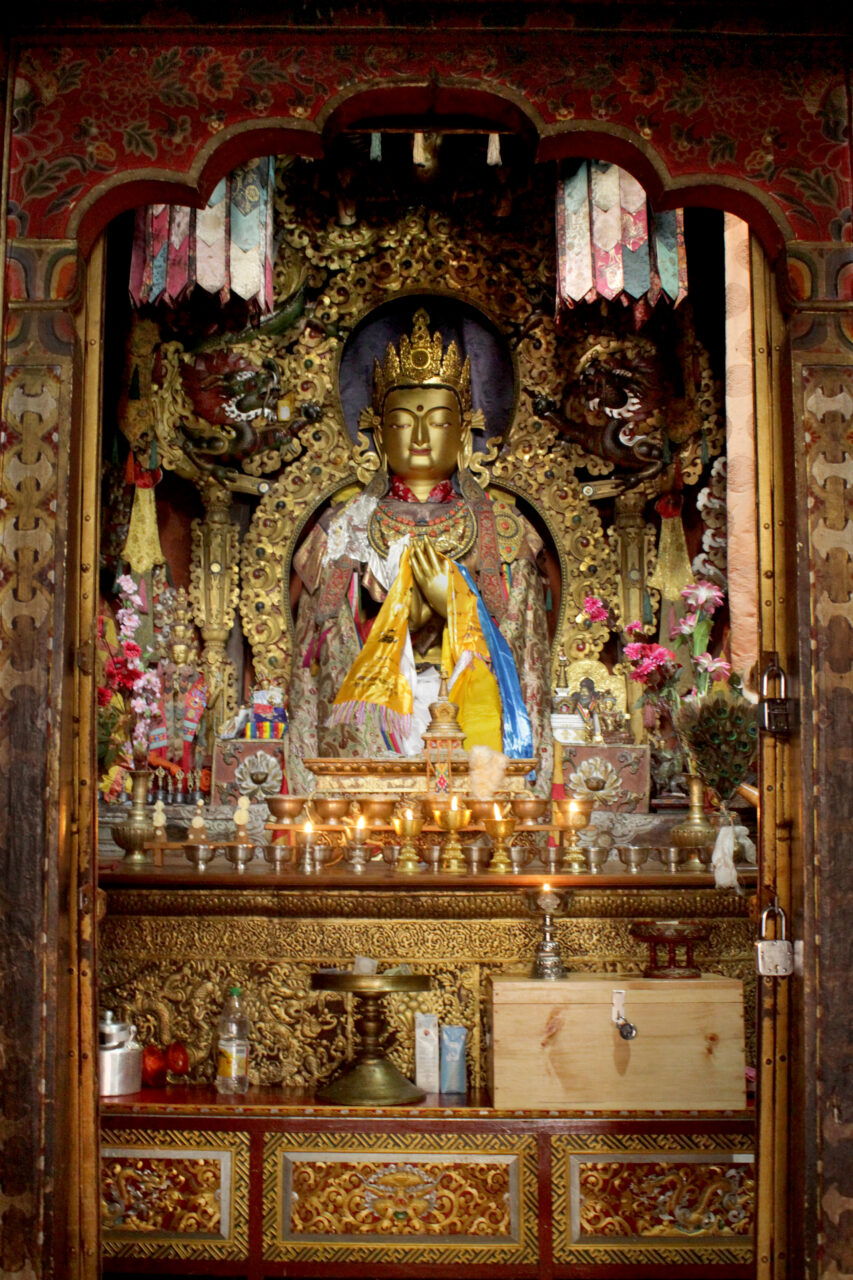In Buddhism, a bodhisattva is a being who has made a vow to become a buddha or awakened. In the Mahayana and Vajrayana traditions, many bodhisattvas are understood as deities with enormous powers who delay their final enlightenment, remaining in the phenomenal world to help suffering beings. Among such great bodhisattvas are Avalokiteshvara, Manjushri, Vajrapani, and Maitreya.
A dhoti is a traditional Indian lower-body garment for men, made of a cloth wrapped around the waist and tucked through the legs from the back.
In tantric Hinduism and Vajrayana Buddhism, a “siddha” is one who has mastered “siddhis,” or the magical powers that come with yogic practice. The “Great Siddhas” (mahasiddhas) were a semi-mythical group of tantric masters, men and women, who lived in medieval India. They were known for their extraordinary meditative powers, religious poetry, and their transgressive lifestyles, including dwelling in charnel grounds, drinking alcohol, fighting, and having sex. Many Himalayan Vajrayana traditions trace their initiation lineages back to the Mahasiddhas. Depictions of sets of eight, eighty-one, or eighty-four Mahasiddhas are a popular subject in Himalayan art.
Manjushri is one of the most important bodhisattvas in Mahayana and Vajrayana Buddhism. Considered the embodiment of wisdom, Manjushri is often recognized by his attributes: a sword which cuts through ignorance and a book, the Prajnaparamita (Perfection of Wisdom) Sutra. Emanations of Manjushri can also be recognized by these same attributes. Another important Chinese iconographic tradition depicts a youthful Manjushri riding on a lion. This form is associated with Manjushri’s abode on earth, Mount Wutai in China, one of the few Buddhist sites in China visited by Tibetan and Mongol pilgrims among others from all over Asia. Manjushri was seen as the protector deity of China, and the Manchu emperors of the Qing Dynasty who claimed to be emanations of Manjushri emphasized/promoted this association.
A monastery is a place where monks live, study, and perform ritual. It includes temples and other structures. Monasteries are central to Buddhism, and are also important in Bon, Hinduism, and Daoism. In Himalayan, Tibetan, and Inner Asian areas, some monasteries are enormous, wealthy, and powerful institutions, with branches of satellite monasteries forming networks across regions, often with thousands of monks, many decorated chapels, and huge holdings of land. Other monasteries, called hermitages, can be extremely simple, little more than a cave where hermits meditate. Generally, a Tibetan Buddhist monastery will have an assembly hall, several temples (Tib. lhakhang) for worship of specific deities, a protector chapel, as well as monks’ accommodations. A related institution in Newar Buddhism are the baha and bahi.





